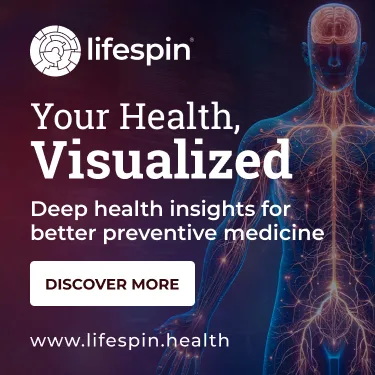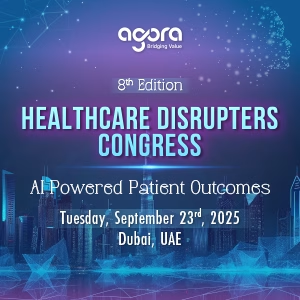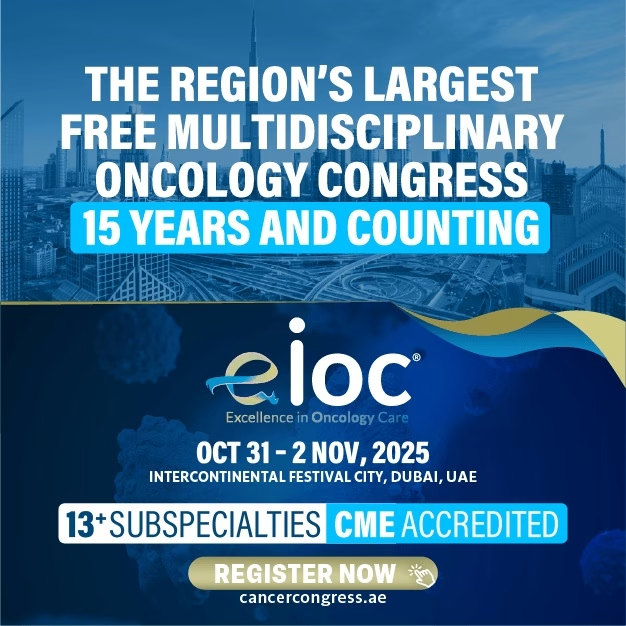Cardiovascular disease (CVD) is the number 1 killer worldwide and claims millions of lives each year. But amidst the shadow it casts, a tide of scientific advancements is turning, promising a future where hearts not only live longer but beat stronger in defiance of this silent killer. We here delve into ten cutting-edge discoveries poised to revolutionize cardiac care, paving the way for a future where humans might crack the century code – and conquer CVD.
1. Gene Editing Snips the Cholesterol Villain:
Imagine silencing the gene that churns out LDL cholesterol, the notorious bad guy fuelling atherosclerosis. CRISPR, the gene-editing marvel, aims to do just that. Recent trials demonstrated a single CRISPR-based therapy can significantly reduce LDL in individuals with a genetic predisposition to high cholesterol. This one-time treatment can potentially replace decades of daily medications, offering millions a permanent solution. Expect this revolutionary technique to arrive by 2030, rewriting the script for cholesterol management.
2. Blood Pressure Takes a Vacation:
Daily pills and compliance woes might soon be a thing of the past. RNA silencing technology holds the key, potentially silencing genes linked to hypertension for a whopping six months with a single subcutaneous injection. Imagine the convenience and improved health outcomes such a breakthrough could bring, making medication adherence obsolete for millions within a few years.
3. The Polypill; One Swallow, Triple Punch:
If you can’t afford the CRISPR or RNA silencing technologies, there is a cheaper option. This simple marvel combines three medications – aspirin, ACE inhibitor, and statin – into a single daily pill. This powerhouse tackles hypertension, cholesterol, and heart attack risks in one convenient gulp. Its greatest strength lies in accessibility, aiming to reach millions through mass distribution programs in underserved communities. With clinical trials in full swing, the polypill is nearing pharmacy shelves worldwide, ready to save lives through its simple, yet effective, approach.
4. The AI ECG Doctor will read your ECG as well as the expert cardiologist.
The AI-ECG model – dubbed “Queen of Hearts” – identified occluded arteries causing heart attacks with an accuracy equivalent to two expert cardiologists. In the future, Queen will read EKGs done at home or in ambulances, alerting doctors to open clogged vessels immediately, saving countless lives in the process. Human error will be gone!
5. Heart Diagnostics on your skin:
Wearables watch your pulse, blood pressure, heart rhythm, sleep, and temperature. Furthermore, skin patches can even analyse your blood. The skin, the largest organ in the body, can reflect health and disease. Future nano-engineered adhesive skin sensors will monitor blood glucose, uric acid, potassium, sodium, inflammation, and even troponin. These patches are poised to diagnose heart attacks right at home. These non-invasive tests, currently undergoing rigorous trials, could be available soon, empowering individuals to monitor their health proactively and seek timely medical attention in case of emergencies, offering precious time when hearts hang in the balance.
6. Your Phone, Your Cardio Partner:
Imagine an app like “Kino” detecting a weak heart with a 30-second chest press. The sensors of the phone can catch the cardiac mechanical contractions, and the AI algorithm can give the early warning that your heart muscle is weak. The pocket companion will empower both patients and doctors to take proactive steps. Apps like these, utilizing advanced sensor technology and AI algorithms, are already making waves in the healthcare space, offering real-time health insights, and potentially preventing life-threatening events before they occur.
7. Transition from Stents to Balloons:
Embracing the Era of Minimally Invasive Techniques! Drug-coated balloons offer a gentle approach to dilating obstructed arteries, simultaneously administering medication to mitigate the likelihood of future blockages. This innovative solution presents a dual benefit of reduced reliance on metallic devices and enhanced healing for valuable arterial pathways. Currently, these balloons have received approval for specific scenarios, and as ongoing advancements persist, they have the potential to emerge as the preferred treatment option for numerous patients, thereby minimizing the associated risks of stents and preserving the integrity of our vasculature.
8. Advancements in Preoperative Planning through 3D Printing of Hearts
Surgeons are now able to leverage the capabilities of 3D printing to revolutionize preoperative planning. By utilizing patient-specific anatomical models, surgeons can accurately visualize and evaluate the size and optimal placement of implants. This personalized approach significantly decreases the risk of complications and improves postoperative outcomes. Looking ahead, the potential of 3D bioprinting enables the development of physiologically active cardiac implants, which may ultimately eliminate the necessity for artificial valves.
9. Farewell to Obesity; Beyond a Mere Figure
Obesity transcends mere aesthetics, catalyzing cardiovascular disease, cancer, asthma, and depression. GLP-1 agonists, hailed as the groundbreaking advancement of 2023, do more than simply reduce waistlines; they effectively mitigate the risk of strokes, heart failure, renal failure, and coronary disease. This represents a dual triumph over the metabolic menace that fuels an array of CVDs. In the future, all individuals may have the opportunity to combine the physique of a supermodel with the cardiovascular fortitude of an athlete.
10. Stem Cells; The Potential Savior for Cardiac Regeneration?
The utilization of adult and embryonic stem cells, with their remarkable capacity for self-replication and differentiation into specialized cells, holds immense promise as a pivotal component of regenerative medicine. Preliminary investigations have demonstrated encouraging outcomes in the restoration of cardiac tissue and enhancement of cardiac function. However, further research and development are imperative to establish stem cells as the forefront therapy for the repair of damaged hearts. Stem cells have the potential to emerge akin to mythical phoenixes, rejuvenating injured hearts and obviating the necessity for cardiac transplantation.

Dr. Hussien Hishmat
(Click on the Name to Connect)
Professor of Cardiology at Cairo University and an Interventional Cardiologist in Dubai.
With 20+ years of experience in clinical and interventional cardiology. He has treated thousands of patients all around the Middle East and performed 5000+ cardiovascular interventions. He won four prizes in interventional cardiology in Egypt and UAE. He has 50 international publications with 600 citations.



















